10
ADVERTISING 2.0: MOVING FROM ANALOG INTO DIGITAL.
STAND ON ANY STREET CORNER AND watch people. I'll wager 80 percent of them will have their nose an inch from their smartphone. Everything is digital now.
This shift has changed everything for agencies and brands. Author Seth Godin describes it as a “a shift in scarcity and abundance.” Media space and storage capacity, once scarce and expensive, have been made nearly infinite by the internet. Consequently, our capacity for sustained attention threatens to disappear entirely. In Engage, Brian Solis nearly writes its obituary: “[I]f you subscribe to the theory of attention economics, we're indeed living in an era of information overload that is pushing us to the edge of attention bankruptcy.”1
As creatives, we still have the same problem. We're still paid to help good brands survive and grow, but the rules are different now. As different as today's landscape is, there are smart ways for you to think creatively on behalf of brands in the digital/interactive space. And it's not by trying to retrofit lessons we've learned so far in traditional media. In The Idea Writers, Teressa Iezzi, wrote:
This isn't Bill Bernbach's media landscape anymore. That gives you, the copywriter, an incredible opportunity to push brand narrative to interactive, dynamic places it's never been before, to actually create something that generates its own audience, but it also means that many of the rules of the past—while exceedingly worthy of study—are insufficient alone to guide the modern copywriter.2
As you begin your study of digital branding and storytelling, try not to worry about becoming an expert. Because you never will—nobody will. The techscape changes too much and too fast. What you can do is to keep your head in what they call a “permanent beta mentality.” In digital and interactive media, even the experts are just tryin' different stuff. If something works, they double down on it and if it doesn't work, they move on to something else.

WHERE ADVERTISING IS GOING.
As we begin to talk about what advertising has evolved into, it'll pay to leave old marketing think behind.
Brands once talked at customers, for example, but today we talk with them. Doing so can actually help our brands get into places where advertisers used to have to barge in uninvited. And if we play our cards right, people may actually like what we bring, instead of hating it. Figure 10.2 is a snapshot of how the advent of digital has created a profound shift in the practice of advertising.

Figure 10.2 If you've heard the term “paradigm shift,” this is what one looks like.
It's less about messaging and more about content.
Way back in 2000, in a book titled The Cluetrain Manifesto, the authors wrote, “There is no market for messages.”3 It was the simple but groundbreaking notion that nobody ever wakes up going, “Man, I could really use an ad right about now.” And when digital made pretty much everything freely available, people bailed on the platforms that were packed with and paid for by interruptive advertising.
The question then became, how do brands connect with people when customers have control over the content they watch? The answer, if a little obvious in retrospect, was simply to have better content than everyone else. Content that's more fascinating or more useful.
Today, content we create on behalf of clients is called branded content. With branded content, we're creating interesting stuff that's cool in its own right and has a reason to exist beyond just the embedded brand messaging.
This doesn't mean messaging is less important. No matter what we make, it'll have to report to some commercial purpose, but having such an agenda doesn't rule out being riveting. Today, branded content takes almost any form: fail videos, mobile apps, blogs, video games, downloadable books, digital services—almost anything really—and we'll dive deeper into the subject in Chapter 12.
It's less about what brands say and more about what they do.
It's to the point now where marketers can't really make anything happen by employing messaging alone, no matter how entertaining or authentic. A brand isn't so much what it says but what it does.
Here's an example of a brand doing something.
Car makers have had trouble convincing the car-buying public to go electric. They've run a whole bunch of commercials extolling the virtues of their electric vehicles, but the barriers to widespread adoption continue to be range anxiety (how far will this thing go?) and the availability of charging stations.
To address this, French automaker Renault (and the Paris office of Publicis) didn't make an ad. Instead, they found a tiny French village, Appy, far from cities and grocery stores—one where driving was a necessity and going electric seemed, to residents, impossible. As a spokesperson for Renault said, “If the inhabitants of one of the country's most isolated towns can adopt an electric way of life, it'll prove everyone can.”
They gave everyone in Appy their own Zoe EVs and filmed what happened, for a full three years, and you can see what transpired by watching “The Electric Village” on YouTube. The 13-minute movie has no special effects or car chases and, frankly, if you're not in the market for an EV, it may feel to you a bit like a travel channel show. But if you're on the bubble about going electric, it is riveting. As the movie makes it clear, life's still going on just as smoothly in Appy. The only difference now is that Appy is the world's first all-electric-vehicle city.
To be clear, advertisers will still place commercials and ads as part of their marketing ecosystem, but they're starting to lean toward doing things, things more action-based, or reality-based, or experiential.
These demonstrations can be more than just branded content. Edward Boches says, as the industry goes forward, things like “applications, utility, and platforms will trump messages as our agency's most important creative output.”4 Because in the end, it's clear no matter how many messages a brand puts out there, it cannot become x by saying “Hey, we're x.” They must actually be x.
The bottom line: brand actions speak louder than words. Brand experiences speak louder than ads. Walk beats talk.
It's less about messaging and more about experiences.
Messages are things brands tell people; experiences are what they give. Great experiential ideas can bring to vivid life a brand's promise while giving people something they can interact with, rather than just watch or read. They can be street demonstrations, installations, even museums. Online ideas can also be experiential. We'll talk more about this kind of advertising in Chapter 13.
It's less about trying to make people want stuff and more about making stuff people want.
Most of my students' parents think they're at school learning some secret method of hypnotizing unsuspecting citizens into buying things they don't need. But because many people get their media fixes from platforms free of commercial interruption, it's almost the opposite. What's getting attention out there are the fascinating things brands are doing. People hear about this stuff and seek it out.
Lay's potato chips, as an example, made something millions of soccer fans wanted. As part of the brand's ongoing UEFA Champions League campaign, they unveiled an app called “Messi Messages” (Figure 10.3).
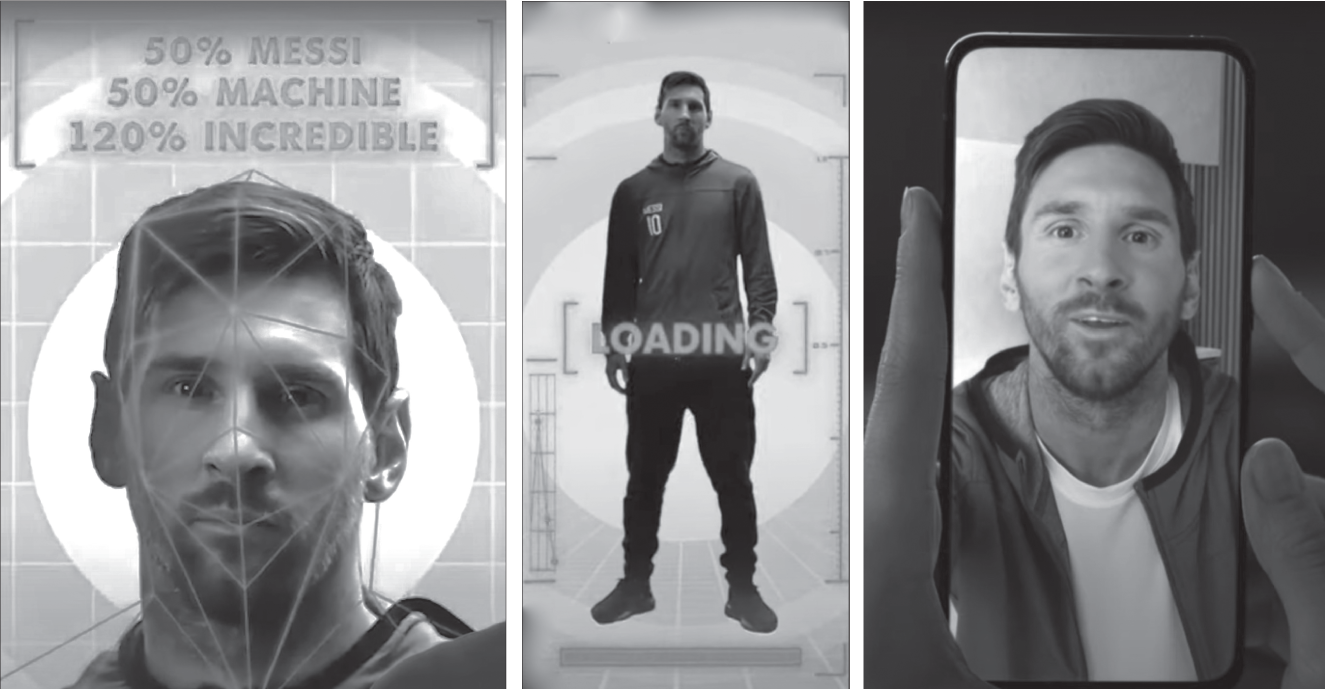
Figure 10.3 Soccer fans don't want a commercial message from Lay's. But they wouldn't mind getting a FaceTime message from a soccer star.
The app lets you send anyone a personal message from Argentinian soccer star, Lionel Messi. Employing deepfake tech stuff like facial mapping and lip-synching, Messi would greet your friends by name and tell them to tune into the next big game—because you (mentioned by name) put him up to it. Users could also download this convincing video and share it. No, it doesn't sound like a Lay's commercial, but the UEFA sponsorship gave them plenty of other opportunities to sell snacks. This bit of creative technology was just a gift to fans.
I'll end here with a rule of thumb I've stolen from R/GA and adapted. Ask yourself, “Am I making something useful, entertaining, or amazing?” Those three words cover a lot of ground. Could people use it? Would someone share it? Would the press cover it?
Paste the words COVER USE SHARE above your computer. You'll be a better creative.
It's less about keeping up with a marketing schedule and more about keeping up with culture.
Today's best creative people constantly have their ears to the ground listening to what the world is talking about. Whether they overhear something on the news or see what's trending online, they all have a developed ear for the tides of conversation in culture.
They learn to ride these cultural currents and use them, doing what the Miami Ad School calls “pop culture engineering.” (Or as Bogusky describes it, “mixing just the right cultural cocktail.”) By joining an ongoing conversation with the right idea, it can greatly increase a brand's visibility and relevance.
In Game 5 of the 2019 World Series, a home run harmlessly bounced off the chest of a fan named Jeff Adams (soon to be known nationwide as “The Beer Guy”). The ball bounced off his chest because, as endless replays showed, he didn't want to drop the two cans of Bud Light he was holding (Figure 10.4).
With just 48 hours before the next World Series game, Bud Light's agency, Weiden + Kennedy, had to move fast. They created hundreds of “Always Save the Beers” t-shirts. And then Adams, identified through Twitter, was flown to the final game in DC where he handed fans the t-shirts and the brand’s almost $8 million of free media coverage.
It's less about talking at customers and more about talking with them.
Brands and agencies have figured out talking with communities is more effective than talking at consumers.
Brands try to focus their broadcast messaging with targeted television buys. But the millions who see a national TV commercial for Pampers don't have as much in common, with the brand or each other, as the communities of mothers out there. So, like many brands, they've shifted budgets online where they directly engage communities of mothers who are hungry to hear and give advice about diapers and childcare.
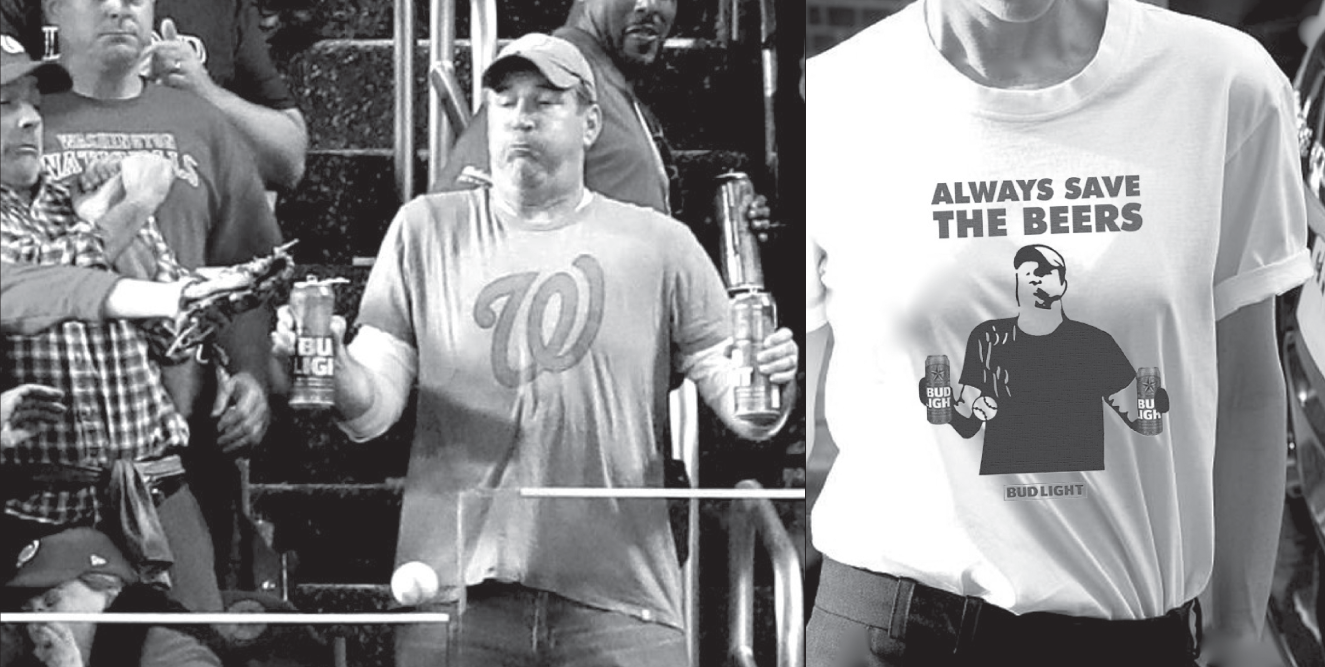
Figure 10.4 Bud Light scores a home run.
So, if we offer something of value for customers beyond messaging, they'll actually look at it or read it or use it. And then they'll share it. This word-of-mouse advertising may help create online communities around our offerings. And community is a fantastic way for a brand to forge a relationship with customers. We'll cover this more in Chapter 12.
The new ideas don't just fill media spaces. They create them, even hijack them.
Although the traditional brands can squabble over who gets to buy the last 30 seconds of airtime left on the local news, savvy brands realize there are more media buys out there than just the usual suspects.
For instance, most people see Zoom as a place they go for boring meetings. But for Pedigree dog food, BBDO New York saw a great place to connect dog lovers and dogs. Partnering with nine different dog shelters, they used the video conferencing platform to host 28 “Dogs on Zoom” (Figure 10.5). Millions tuned in and the idea attracted thousands of inquiries from customers wanting to adopt the dogs.
The new ideas are shareable and participatory.
The web gave birth to, among other things, YouTube, TikTok, and Instagram. These three platforms alone created billions of editors and directors. And emerging digital technologies allowed all of them to begin to talk back to brands, to lampoon them or call out injustices as large as institutional racism and as small as rude cashiers.
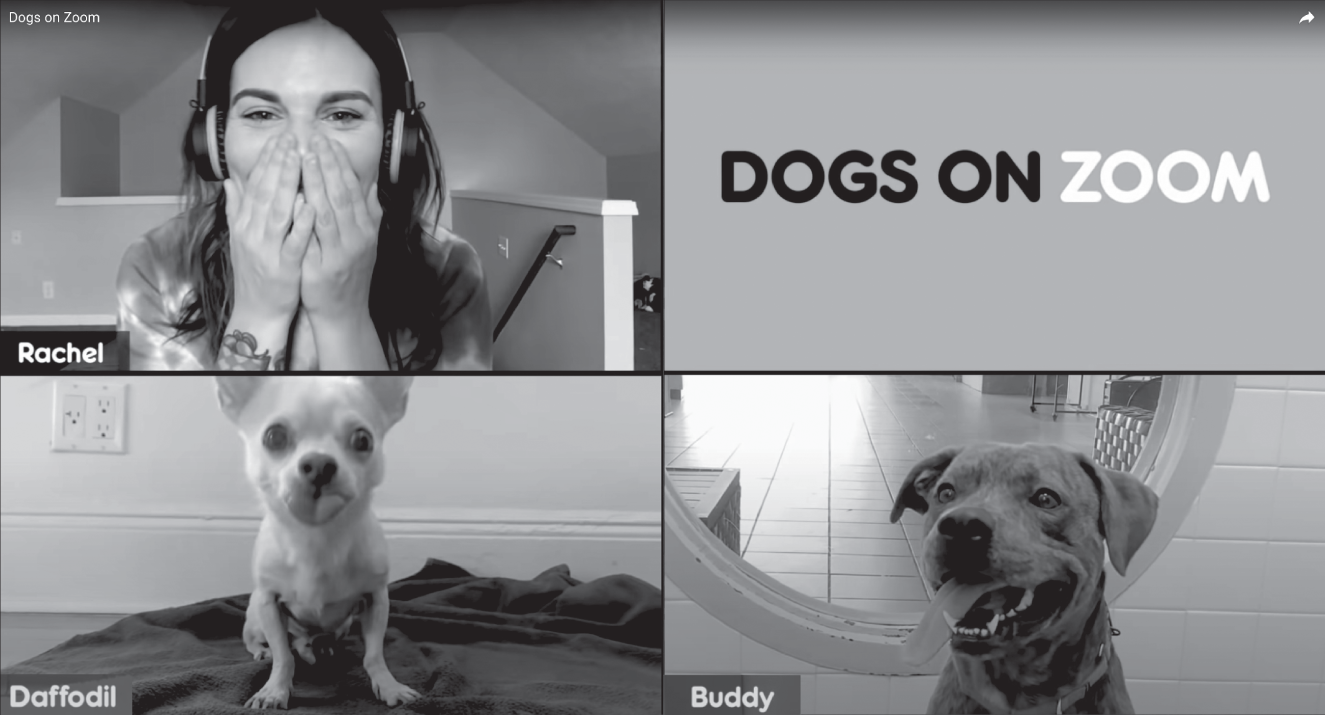
Figure 10.5 Why buy a medium when you can highjack one?
Early online adapters loved being able to download stuff, but we've evolved toward being an uploading culture—we upload content, opinion, reviews, you name it. This two-way street has proven more than once how the fate of brands can be in the hands of customers. (Search YouTube for “United Airlines broke my guitar.”)
BBH's John Hegarty suggests that steering brands down this two-way street requires “inventiveness, daring, and creativity—all the attributes large companies are [usually] bad at deploying. And, if anything, those corporations are finding it difficult to deal with a medium where you have to let go and learn not to be in control.”5
Fortunately, when brands don't try to clinch the reins too tightly, marvelous things can happen, such as when Kentucky Fried Chicken let a franchisee vie for a coveted Michelin Star rating—yes, the famous award from the elite guide to fine dining. Sam Edelman's store was KFC's most remote location, way out in Alice Springs, Australia, a town of about 24,000 in the Northern Territory. Edleman started by creating a Facebook group, “KFC deserves a Michelin Star,” and fans everywhere shared his story (Figure 10.6, left). By the end of “Michelin: Impossible,” Sam flew to Paris to make his pitch to the international director of the Michelin Guide. (He cited the guide's own language: “The criteria for two stars are ‘excellent cooking worth a detour or exceptional cuisine worth a special journey.'”6 )
Most brands wouldn't risk letting a story like this out without knowing it has a happy ending. But it all happened in real time and it was the uncertainty, as well as the star's loveable underdog status, that spread this story first around the web and then into the global news.
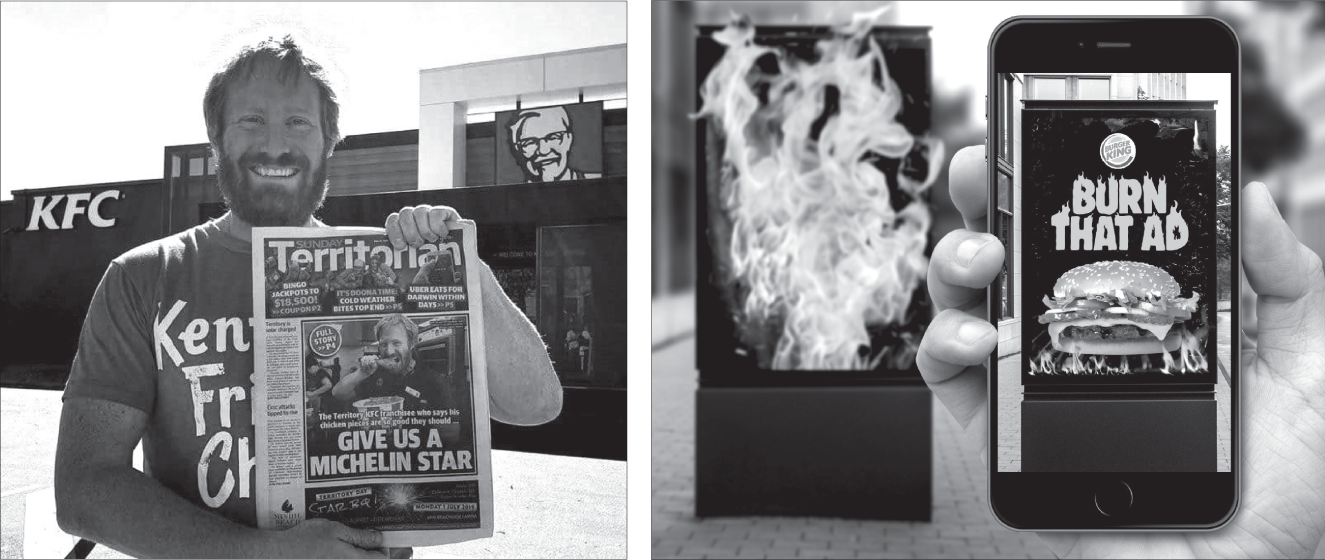
 Figure 10.6 Two examples of digital ideas: On the left, the owner of a KFC in Australia vies for a coveted Michelin star. And right, Burger King's brilliant pyro-app, “Burn That Ad.”
Figure 10.6 Two examples of digital ideas: On the left, the owner of a KFC in Australia vies for a coveted Michelin star. And right, Burger King's brilliant pyro-app, “Burn That Ad.”
“Shareable and participatory” also perfectly describe the Burger King app, “Burn That Ad,” created by Anselmo Ramos's team at David. When you downloaded the app and pointed your smartphone at any competitor's ad, augmented reality technology in the camera function made the ad appear to burst into flames (Figure 10.6, right). When the flames burned away, up popped a digital coupon for a free flame-grilled Whopper. Rafael Donato, creative VP of the agency said, “With ‘Burn That Ad,' we hacked the competition by leveraging our [product difference], which is fire.”7
In the previous edition of this book, coauthor Edward Boches made an important point about the tendency to describe all creative work online as “digital.” He noted there are two very different kinds of digital work online.
First, there's work that is digital. These are the ideas made from code or technology, which can include everything from sensors to apps to augmented reality. Building this kind of work usually calls for the skills of digital developers and creative technologists.
But Boches says there's also work that “gets” digital, meaning the concept reflects an understanding of how ideas today get discovered, accessed, shared, and spread in an uber-connected world. The web has made all of advertising—regardless of medium—liquid and linked, and so ideas don't have to be digital in order to succeed online.
The “KFC deserves a Michelin Star” didn't require a developer or coder. But it's inherently as digital an idea as “Burn That Ad” because it was created with an understanding of the kind of content that spreads rapidly.
The new ideas combine art, copy, and technology.
Traditional creatives tend to be storytellers. Art directors and writers are very good at distilling a brand to a single, memorable narrative. Systems thinkers, however, are versed in building and connecting platforms and technologies to bring stories to life in complex, multi-platform ways. Agencies now employ such thinkers, and the position is often titled creative technologist.
“Storytelling is about simplifying, while systems thinking is about possibilities,” says Nick Law, once of R/GA and now at Apple. He reminds brands and agencies to bring both storytelling and systems thinking to the table. “When all you have is simple storytelling, you get lucid thinking but no innovation. And when all you have are systems thinkers, you get interesting and multiple tactics, but they don't ladder up to a simple brand idea.”
For years, the simple brand idea powering Heinz ketchup has been “the richer the ketchup, the slower it pours.” So, creatives at ReThink (Heinz's agency in Canada) connected slow-moving ketchup with slow-moving traffic, and then built ads to appear on the traffic app Waze (Figure 10.7).
Daniel Gotlib, associate director of brand building and innovation at Kraft Heinz Canada, said, “Surprisingly, many people don't know that Heinz pours out of our glass bottle at 0.045 kilometers per hour.”8 (I love that “surprisingly” part.) The creative techs and digital developers designed it so that if your car's speed went below 0.045kph—as slow as Heinz—the Waze app gave you a digital coupon you could redeem at Burger King for an Impossible Whopper topped with, ta-dah, Heinz ketchup.
We'll talk more about systems thinking and creative technology in Chapter 13.
Almost everything in advertising is changing. That includes the creative briefs.
As we discussed in Chapter 3, the starting point of everything we do is strategy. Out of the brand strategy comes the creative brief, the blueprint that gives us details on a campaign's objectives, its audience, and what needs to be achieved.
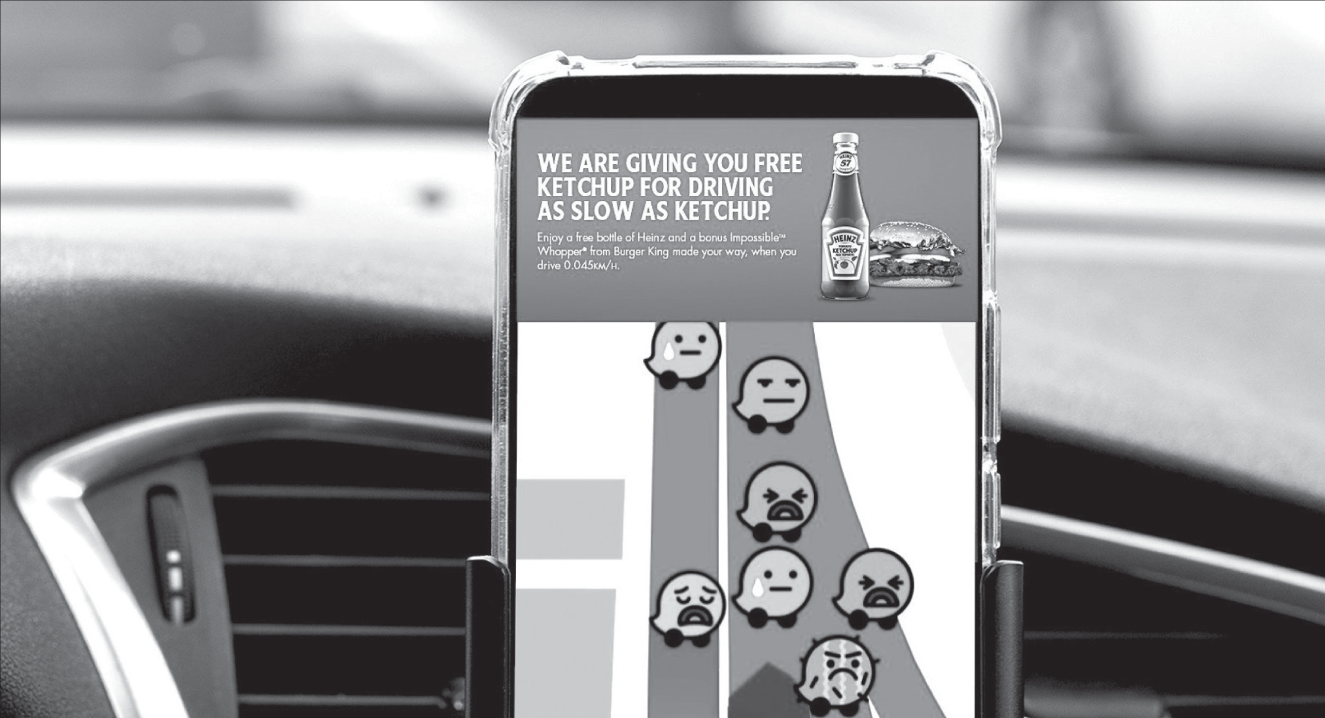
Figure 10.7 Using digital technology to sell a slow ketchup in slow traffic.
For years, the standard advertising briefs were designed to reduce a target audience to a single motivating insight and produce a single message platform. “What's the one thing we need to say?” I said as much myself in Chapter 3, simplifying strategic thinking to “What do we have, that customers want, and the competition isn't giving them?”
There's nothing wrong with this either … if we're dead set on making a message-based campaign. But it's possible such a message-centric brief could become an impediment to creating great work, especially when we may not always be creating paid advertising messages.
So, what would happen if we were to toss out the standard advertising brief and craft one that doesn't ask for an advertising answer, one that doesn't ask for a message? What if we focused simply on solving a business problem and not an advertising problem? What is the key question we haven't answered? And what if we added a field titled “deliverables,” just to make it clear we're not necessarily looking for an ad? Or we embraced customers instead of targeted them? Included them rather than interrupted them? Listened more than talked? Ideally, a new, improved brief might ask and answer some or all of these questions.*
Modern briefs often push for actual change in behavior, not just a change in attitude. (Many clients still try to put a metric on attitudinal changes with stupid focus group questions such as, “Did this storyboard showing an illustrated commercial change your ‘intent-to-purchase' score?” Trust me, focus group rooms can be real cringe-a-thons.)
The change in behavior a brief might ask for could simply be that a customer buys the product, but it could also be some intermediate behavior, like sharing something, joining in an experience, or creating some interesting content.
These basic principles about creating content and experiences, about building communities, inviting participation, and making things people can use—this is where the renaissance of creativity is happening in the industry today. Traditional media like television and outdoor are still very much a part of the branding ecosystem, but a lot of us think the really fun stuff is happening out here, on the digital edge.
Everything is media.
It's not likely you're going to get a job order that asks you to attract customers to the big sale on Saturday with an app, a gaming tie-in, a digital billboard, some augmented reality, virtual reality, and an interactive kiosk to put out in front of the store.
You may just need an ad.
Then again, you may not. This sitting-down-to-solve-a-problem thing is simply more complex than it once was. But this is where advertising is going.
Chris Kyle, VP of Global Brand Communications at adidas summed it up clearly: “Simply put, we don't need an advertising-focused agency anymore. We need a marketing agency that can think strategically and creatively and deliver ideas that work across all channels. That's a much bigger challenge than making an ad campaign.”9
NOTES
- 1. Solis, Brian. Engage! The Complete Guide for Brands and Businesses to Build, Cultivate, and Measure Success in the New Web (Hoboken, NJ: John Wiley & Sons, 2011), 112.
- 2. Teressa Iezzi,. The Idea Writers: Copywriting in a New Media and Marketing Era (New York: Palgrave Macmillan, 2010).
- 3. Rick Levine et al. The Cluetrain Manifesto (New York: Perseus Books, 2000), chapter 4.
- 4. Edward Boches’s blog, Creativity Unbound. https://medium.com/creativity-unbound-by-edward-boches.
- 5. John Hegarty, Hegarty on Advertising (New York: Thomas & Hudson 2011), 109.
- 6. FoodandWine.com, June 25, 2019. I was unable to determine if he succeeded. Word has it that Michelin didn’t cover the area.
- 7. David Griner, “Burger King’s App Lets Fans in Brazil ‘Burn’ Competitors’ Ads and Score Free Whoppers” AdWeek, March 20, 2019, https://www.adweek.com/brand-marketing/burger-kings-app-lets-fans-in-brazil-burn-competitors-ads-and-score-free-whoppers/.
- 8. John Glenday, “Heinz Ketchup Urges Waze Drivers to Avoid Bottlenecks by Driving at ‘Pour Speed.’” The Drum, June 4, 2021, https://www.thedrum.com/news/2021/06/04/heinz-ketchup-urges-waze-drivers-avoid-bottlenecks-driving-pour-speed.
- 9. Eliza Williams, This Is Advertising (London: Laurence King Publishing, 2010), 94.
- * See Chapter 11 for a more complete list of questions in Edward Boches's guide for framing creative content.
